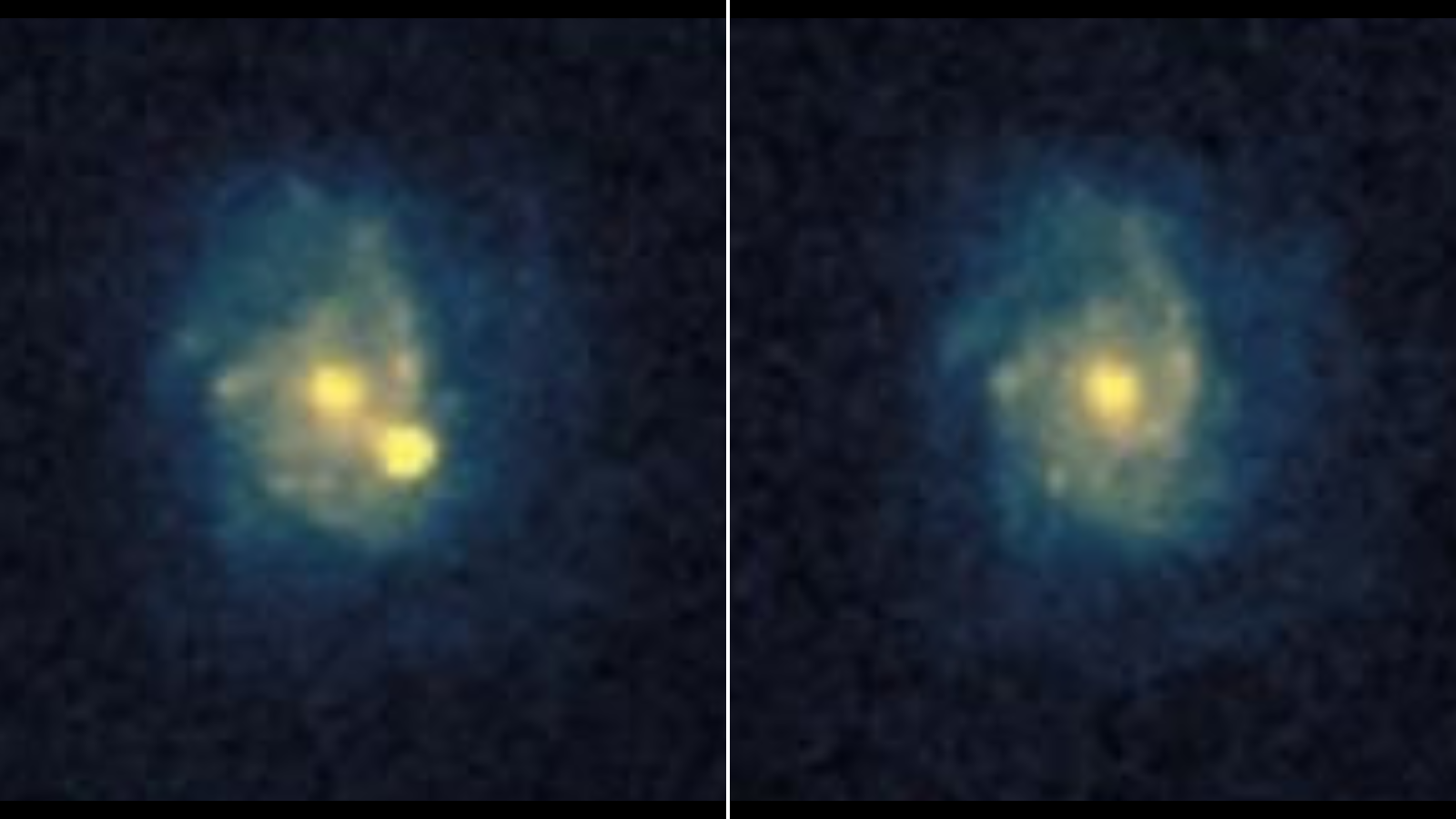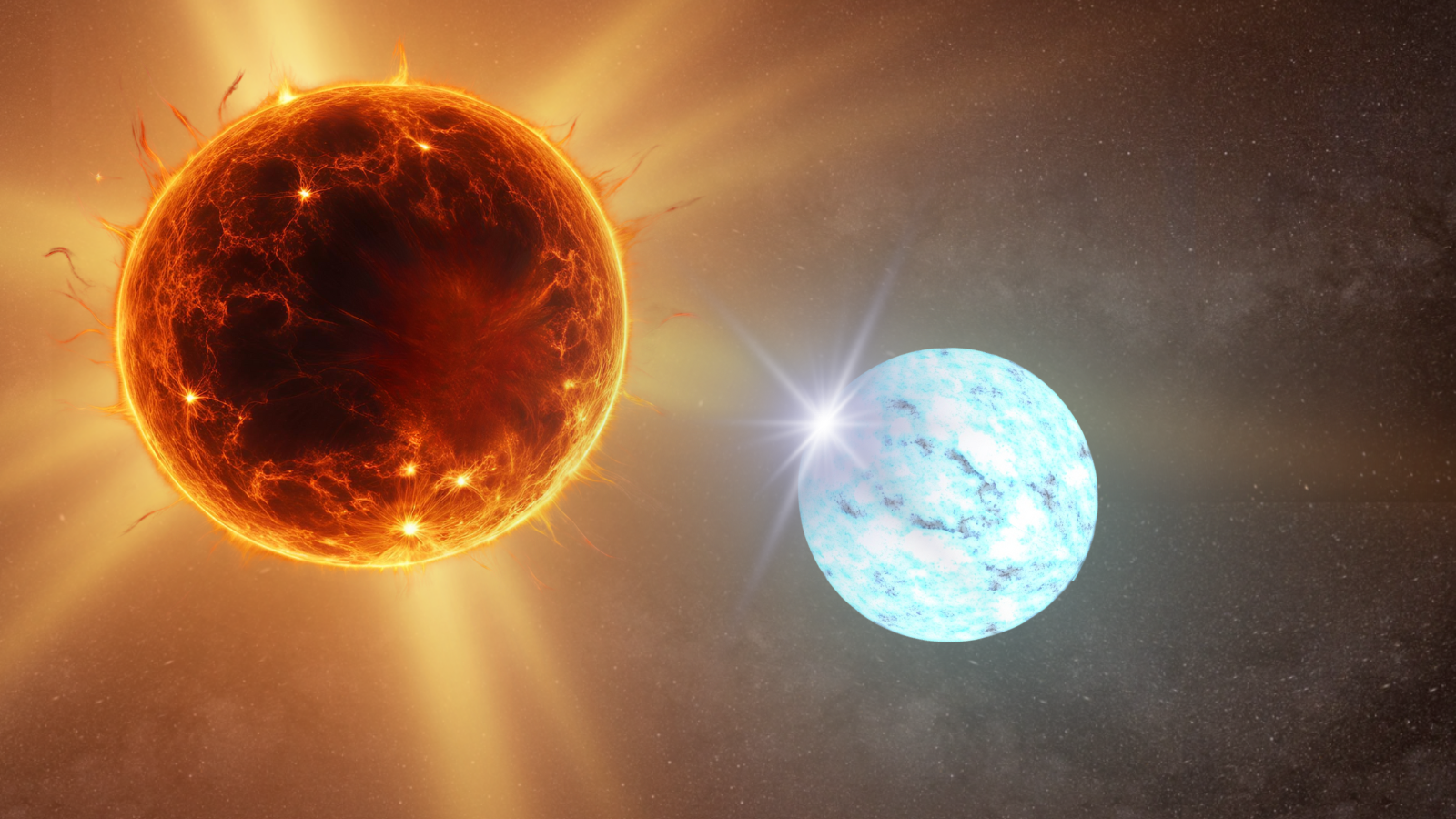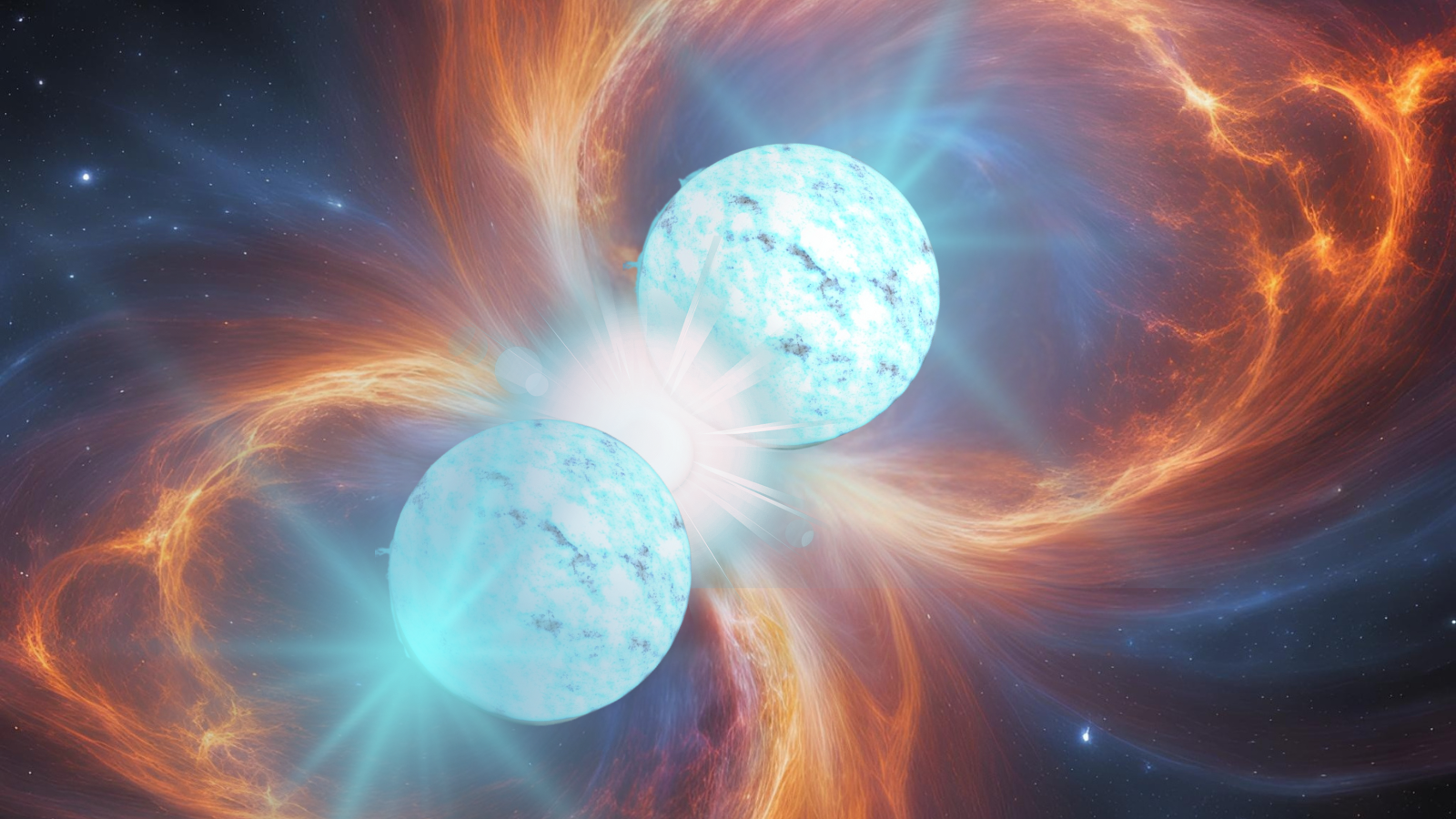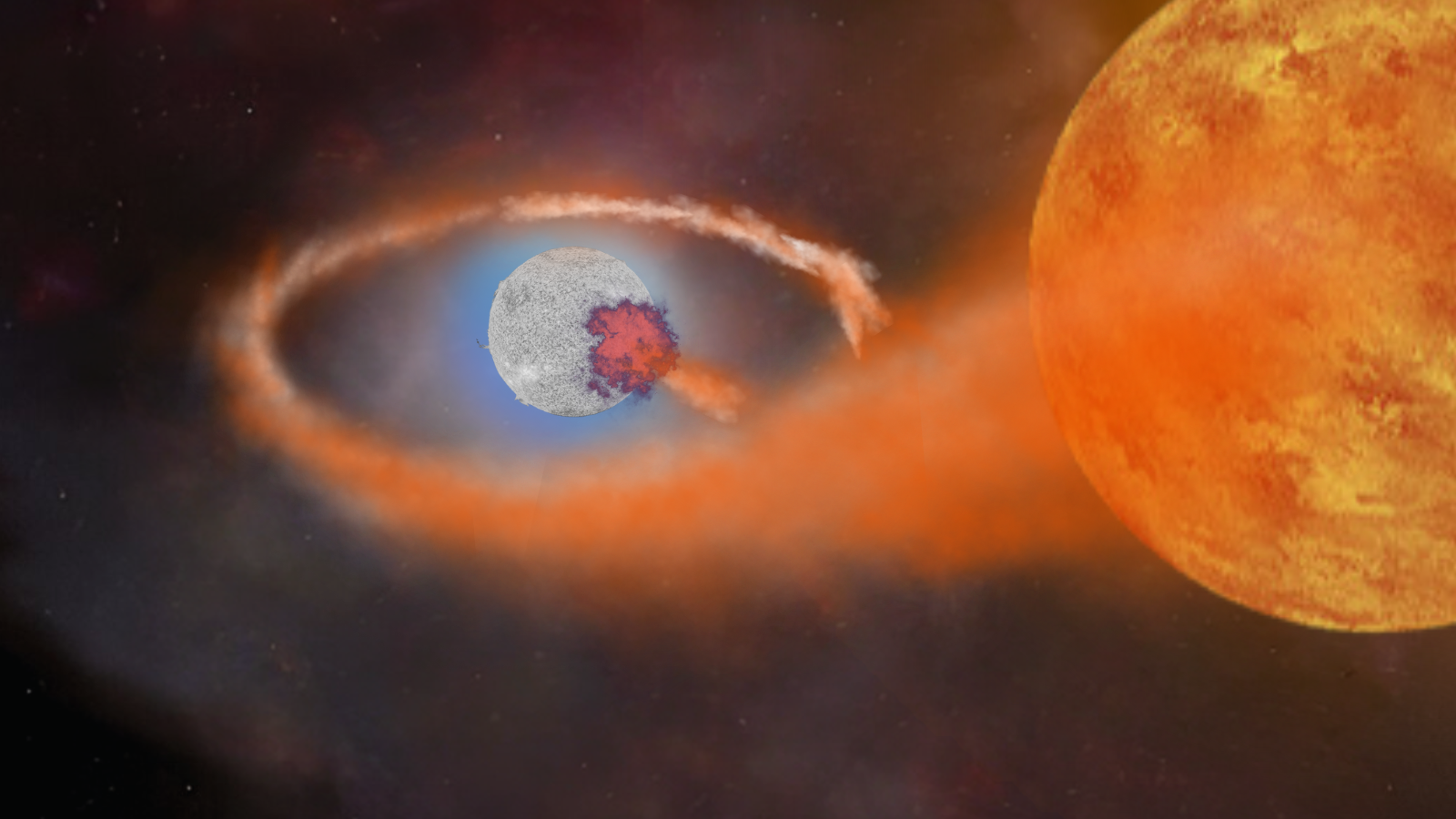
There are a lot of ways for dead stars to blow their tops. Astronomers discovered this explosive diversity when they assessed 3,628 exploding white dwarfs during a next-generation sky survey conducted using the Zwicky Transient Facility (ZTF) between March 2018 and December 2020.
That means that this dataset of nearby supernovas is several times larger than previous similar samples. It is a crucial development in our understanding of the lifecycles of stars with masses similar to that of the sun, which create white dwarfs when they die. A better understanding of type Ia supernovas could help solve the mystery of dark energy — the strange force that is causing the universe to expand at accelerating rates.
That's because, for three decades, these exploding stellar remnants have been integral to the measurement of cosmic distances. Learning about their diversity could help astronomers compare these supernovas with one another, refining our understanding of dark energy.
"The diversity of ways that white dwarf stars can blow up is much greater than previously expected, resulting in explosions that range from being so faint they are barely visible to others that are bright enough to see for many months to years afterward," team leader Kate Maguire of Trinity College Dublin said in a statement.
"Thanks to ZTF's unique ability to scan the sky rapidly and deeply, it has been possible to discover new explosions of stars up to one million times fainter than the dimmest stars visible to the naked eye."
How white dwarfs go boom!
White dwarfs are born when stars around the mass of the sun exhaust the hydrogen in their cores. The end of the fusion of hydrogen to helium also cuts off the outward energy that supports stars against the inward push of their own gravity.
The core collapses as the outer layers of the stars are shed. This leaves a smoldering stellar core, or white dwarf, surrounded by a spreading cloud of ex-stellar material.
When the sun goes through this process in around 5 billion years, it will spend the rest of its existence as a lonely white dwarf, but not all these dead stars have such solitary afterlives.
Around 50% of stars with masses around that of the sun exist in a binary system with another star. That means that a great deal of white dwarfs also exist in binaries.
The key result of the team's research is the confirmation that there are many exotic ways that white dwarfs can go boom, and these processes involve the binary partners of these dead stars.

When two sun-like stars exist in the same binary system as they are formed at roughly the same time from the same collapsing cloud of gas and dust, it is only natural to expect both stars to evolve into white dwarfs around the same time.
This leaves a binary star system with two white dwarfs orbiting around each other. Gradually, these stellar remnants draw closer and closer together until they collide and merge. This can trigger a supernova in two ways.
Firstly, the collision itself can create a larger white dwarf and a type Ia supernova. Alternatively, the stellar remnant this creates can birth a 'daughter' remnant that has a mass over 1.4 times the mass of the sun. That mass is significant because it is the Chandrasekhar limit, over which a star can explode in a core-collapse supernova and create a neutron star.

If a white dwarf is in a binary system with a "normal" main sequence star that has not yet transformed into a white dwarf or neutron star, it also has an avenue to "go 'nova."
If the white dwarf and its companion star are close enough, or if the main sequence star enters its "red giant" phase and swells up, then the stellar remnant can drag material from its partner. The vampiric stellar feeding continues until the donated mass pushes the white dwarf's mass over the Chandrasekhar limit, triggering a type Ia supernova that usually obliterates the white dwarf.
There are rare occasions when a white dwarf isn't destroyed in such a supernova after a bout of overfeeding but is transformed into a ravaged "zombie star." These events are called type-Iax supernovas.
Type Ia supernovas, specifically, are useful to astronomers because their standard light outputs mean they can be used to measure cosmic distances. Referred to as "standard candles," this means that type Ia supernovas can be used to track the acceleration of the expansion of the universe as a result of dark energy. In fact, it was observations of type Ia supernovas that led to the discovery of dark energy in 1998.

It would be fitting if research like this into exploding white dwarfs helps standardize these supernovas, thus assisting researchers in finally solving this mystery that has persisted for over 26 years.
However, to use type Ia supernovas in this way and to probe dark energy, it is important for researchers to understand how these events can vary. Enter this team of astronomers and the ZTF.
As the team uncovered the diversity of the type Ia supernova events, they unveiled sub-populations and extreme objects that could be used to probe the similarity of characteristics or "homogeneity" of the supernovas in their sample.
The researchers were also able to probe how type Ia supernovae vary according to the environments in which they erupt. Specifically, was this region filled with young or old stars, or was it packed with a wealth of interstellar dust or gas stripped from a companion star?
This led to them refining which supernovas were most alike and thus should be used for cosmic distance calculations.
"For the past five years, a group of thirty experts from around the world have collected, compiled, assembled, and analyzed these data. We are now releasing it to the entire community," Mickael Rigault, researcher at the Institut des deux Infinis de Lyon and head of the ZTF Cosmology Science working group, said in a separate statement.
"This sample is so unique in terms of size and homogeneity that we expect it to significantly impact the field of supernova cosmology and to lead to many additional new discoveries in addition to results we have already published."
The findings were published across a series of papers published in a special edition of Astronomy & Astrophysics.







